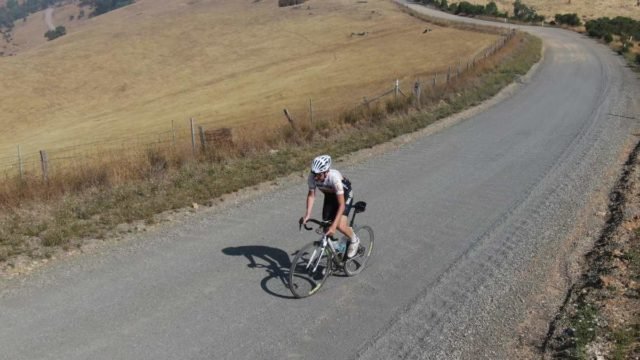Our partner in podcasting, The Gravel Ride Podcast, sits down this week with Patrick Carey from Speed Science Coaching to look at the five skills every gravel cyclist needs to master. Whether you come from road or MTB, gravel demands an adaptation of your existing skillset. Patrick drills into five foundation-level skills you need to know.
Speed Science Coaching Website
Click to Play the Podcast
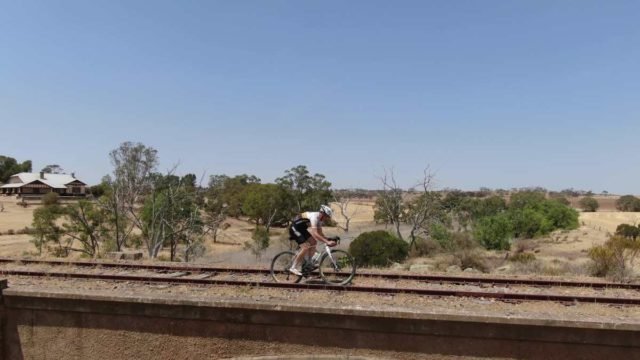
Show Notes
Floating Through Rough Terrain
This is something that riders coming from the road are going to find differently right away. From rough surfaces and washboard to big bumps and holes, on gravel, we have to be more fluid and let the bike float around more. This bike-body separation can feel very foreign to someone who’s used to a relatively static position. Being able to move around on the bike and to be engaged, but not tense, allows for increased speed and fun, while also being way less tiring.
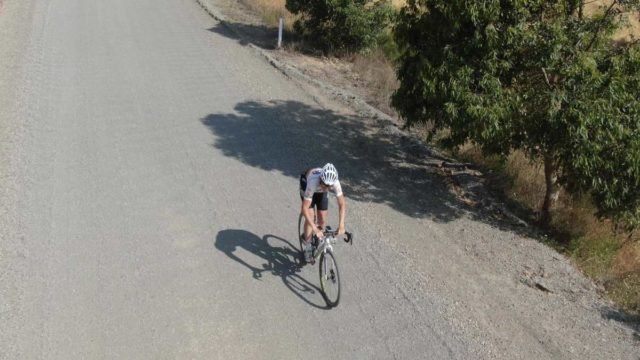
Learning to hop over holes, bumps, and rocks is a huge help on gravel. Many things can be cleared with the “roadie hop” where we jump up and pull the bike up to us. When we need more height, learning a true bunny hop that uses a row/anti-row motion allows us to clear some very large obstacles.
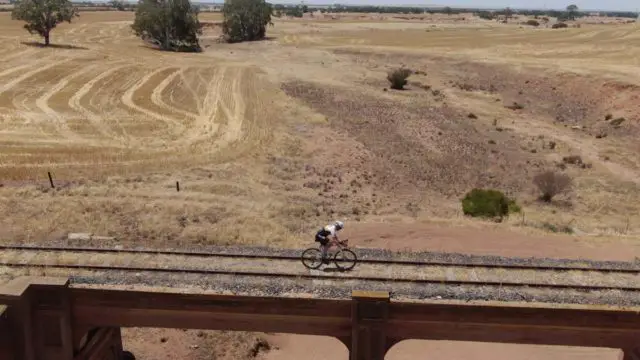
Turning
This is the next thing people experience. Where did all the traction go? On gravel, we have to make the most of what traction we have. This means leaning the bike over without leaning ourselves with it. Getting our weight on that outside pedal and off the saddle will help the bike hook up and will give us a good position for controlling any slides.
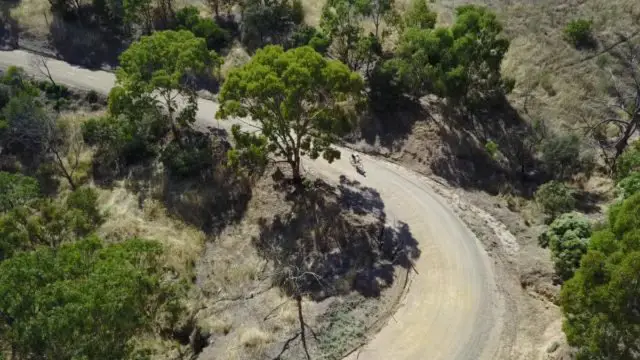
Also, steering inputs at the bars will often result in the front wheel sliding out if we’re going over 5-7 mph. That’s why learning to lean the bike is vitally important. When we come into a loose corner too hot, it’s important to commit to this lean and stay off the brakes. If we start to wrestle with the steering or we get onto the front brake, we are making that turn even more difficult.
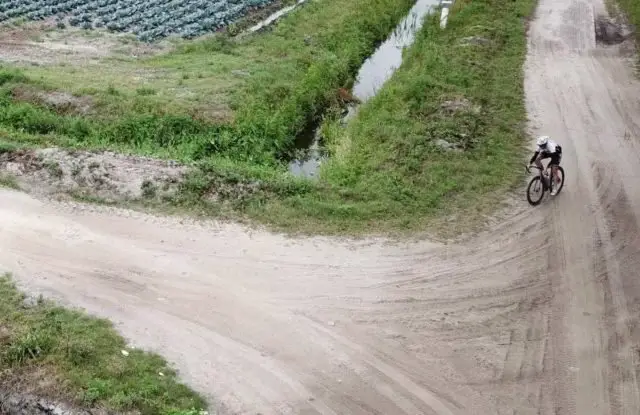
Braking
Learning to use our brakes independently, especially the front brake is very important. When we need a lot of braking power that front brake is going to give us 70-80% of our total braking, especially if the surface is very loose. Along with this, learning to brake in places where the traction is good allows us to get a lot of braking done and then get back off the brakes where the traction is worse. Our tires have to deal with many forces and braking robs traction from turning. It also can tend to stand the bike upright and make turning difficult even when traction is good.
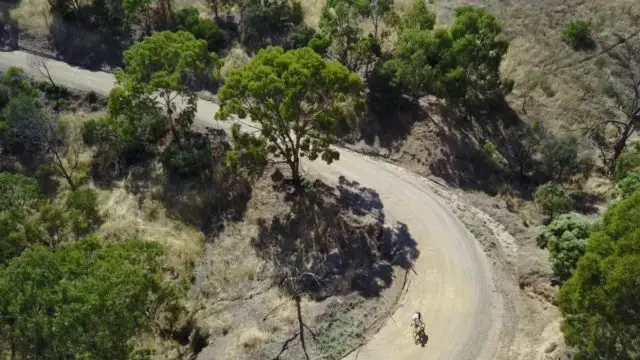
Learning to really modulate those brakes will help us avoid skidding (unless we’re trying to show off and then skid away!).
Climbing
This is something that will be very new for riders coming from the road – going uphill and having the rear tire spin out. There are some tricks we can do here with pedaling smoothly, rather than just all on the down-stroke. We can also use our gearing to help add traction. Spinning can help when traction is decent but leaves us more likely to spin out. A slightly taller gear will help with a more even, round application of power. It’s also much better if we have to stand up to navigate a feature in the climb like a rock, hole, or ledge.
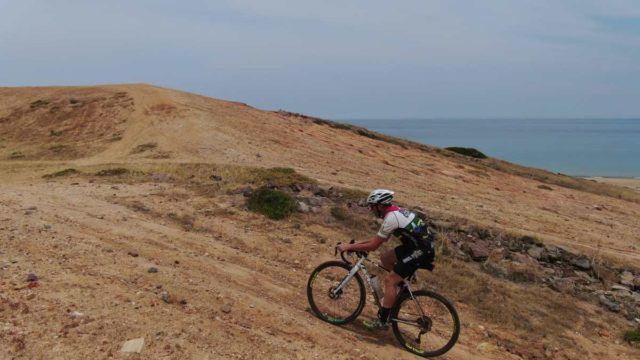
Changing our body position to hover above the saddle and also to get our chest lower to the bars will help keep our weight centered on the bike. This gives weight to our rear wheel, allows for a bit of float, and it prevents the front wheel from rising up on really steep climbs.
Descending
What goes up must come down. Descending on gravel can be super fun if we’re able to relax and let the bike float around. Being able to get low and into the drops gives us more control, but it can be awkward with a high saddle position. This is where a dropper post can help a gravel bike come alive. It allows us to get much lower on the bike and to create a proper separation. Hinging over at the hips, rather than arching our backs pushes our weight back. This balances our weight over the pedals and gets us out of a squatting position, which can be exhausting for our quads. It also allows our arms to relax, because they’re not carrying our body weight. This allows for engaged control of the bike without being tense. Tension is exhausting and it makes the bike handle very poorly.
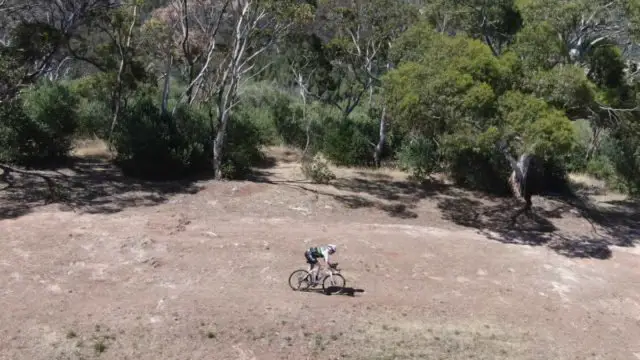
JOM of Gravel Cyclist also has a video covering descending on a gravel bike, including tips from Dave Zabriskie (former World Tour Professional Cyclist).
Bonus Tip: Looking Forward
On the road, we can often get away with looking wherever. As long as we’re looking generally ahead of us, there usually aren’t too many surprises. On gravel, the surface and features are far less predictable. Keeping our eyes up prevents surprises and allows us to choose lines through and around these features.
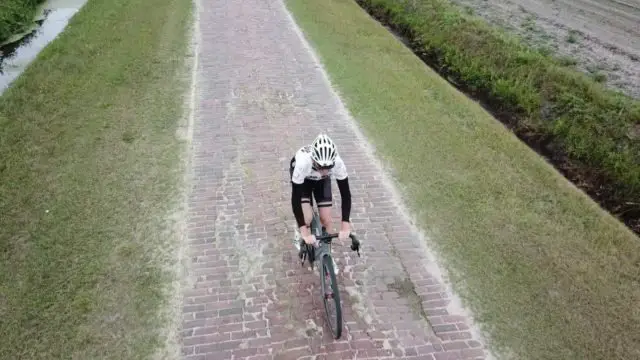
Seeing what’s coming and envisioning our line through it before we get there allows for a feeling of flow and relaxation. Not to mention it’s safer, faster and more fun.
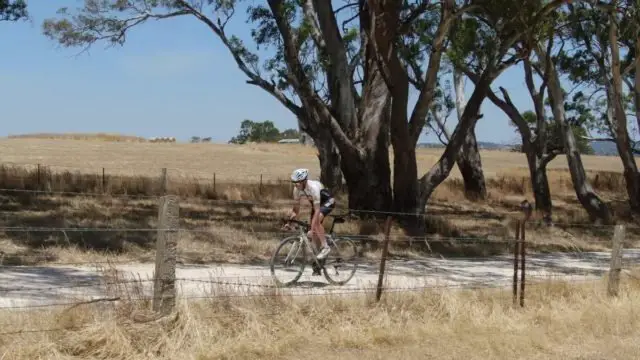
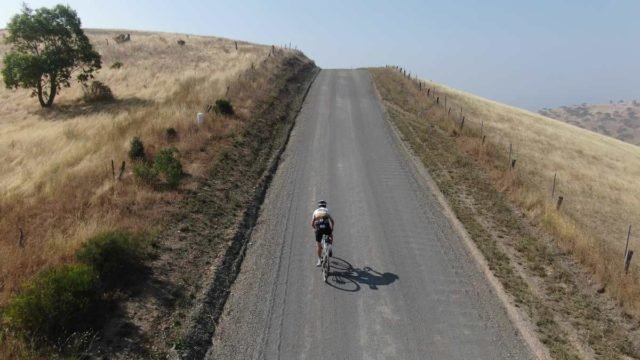
Thanks for reading!



